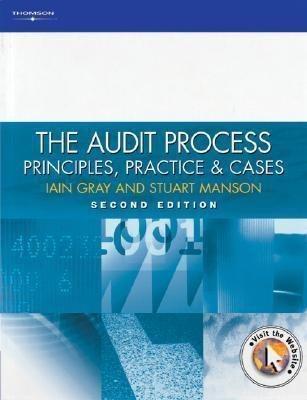3. Calculate the slope and intercept for the data in the question 1 using simple linear reeression. You may want to use an Excel spreadsheet to check your answer Create a eraph to illiustrate your model Many supply managers use a monthly reported survey result known as the purchasing managers' index (PMi) as a leasint indicatort to forecay? future sales for their businesses. Suppose that the PMI and your business sales data for the last 10 months are the following: 4. Construct a causal regression model using PMl as the causal variable. 5. Suppose that the PMi is truly a leading indlcated, That is, the PMi value in one period influences sales in the followinc period. Construct a new regression model ising this information. 5. Suppose that the PMI is truly a leading indicator. That is, the PMi value in one period influences sales in the following period. Construct a new regression modeli usine this information. 6. Given the demand data below, calculate the forecasts for periods 7 through 11 using moving average models with n=2, n=4, and n=6. \begin{tabular}{|l|l|l|l|l|l|} \hline & & & 1 \end{tabular} 3. Calculate the slope and intercept for the data in the question 1 using simple linear reeression. You may want to use an Excel spreadsheet to check your answer Create a eraph to illiustrate your model Many supply managers use a monthly reported survey result known as the purchasing managers' index (PMi) as a leasint indicatort to forecay? future sales for their businesses. Suppose that the PMI and your business sales data for the last 10 months are the following: 4. Construct a causal regression model using PMl as the causal variable. 5. Suppose that the PMi is truly a leading indlcated, That is, the PMi value in one period influences sales in the followinc period. Construct a new regression model ising this information. 5. Suppose that the PMI is truly a leading indicator. That is, the PMi value in one period influences sales in the following period. Construct a new regression modeli usine this information. 6. Given the demand data below, calculate the forecasts for periods 7 through 11 using moving average models with n=2, n=4, and n=6. \begin{tabular}{|l|l|l|l|l|l|} \hline & & & 1 \end{tabular}









